Growing Tomatoes Under Glass
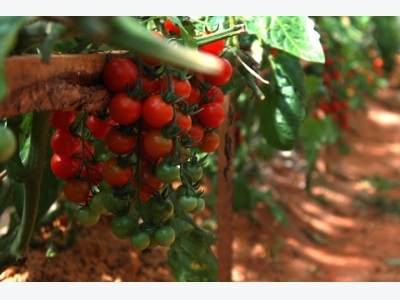
The tomato, originally a small prostrate spreading plant from South America, belongs to the genus Lycopersicon and two distinct species, Lycopersicon esculentum and Lycopersicon pimpinellifolium, and several botanical varieties exist. The large-fruited tomato, as we know it today, still yearns for the high light conditions and warmth inherent in its makeup.
Most crops of tomatoes are likely to be earlier and more successful in areas of good light in well-sited, modern, light-admitting greenhouses than they are in dull areas in greenhouses of poor design. For early crops the level of heating should also be sufficiently high and effectively distributed.
Nutritional standards for tomatoes
Tomatoes are greedy plants, especially when grown under glass and coerced into producing their maximum weight of fruit. It is generally accepted that for 125-150 tonne/ha (50-60 tons per acre) which is 4-4.5kg (9-10lb) of fruit per plant, the following nutrients are necessary. Commercial yields are now much in excess of this — as much as double or treble.
| Kg per Ha | lb per acre | Amount per plant |
| 900 – 1100 | 800-1,000 potash (K20) | 28g 1oz |
| 450 – 550 | 400-500 nitrogen (N) | 14g 1/2oz |
| 80-110 | 75-100 phosphorus (P205) | 7g 1/8oz |
| 120-140 | 110-130 magnesium (Mg0) | 7g 1/8oz |
| 550-660 | 500-600 calcium (Ca0) | 14g 1/2oz |
Allowing for loss through drainage and ‘fixing’ of phosphorus, especially in soil-based growing media, it is general to provide for about one-third of the plants’ needs in the base dressing, this being made up to almost half by the nutrient reserves present in most soils or growing media, the remainder of the nutrients being supplied by liquid feeding or top dressing applications during the growing season. The calcium is supplied by adjustment of the pH figure. When border soils are intended for tomato culture it is advisable to have the soil analysed, the acceptable standards being as follows:
pH 6-6.5; 5.5-6 for soilless media
Nitrogen
Owing to the extreme variability of the nitrogen figure and its presence in different forms and at different temperatures, ie as ammonia, nitrate, etc. this figure is not always available from soil laboratories, but when it is it should be stated as:
- 100-150 mg/litres (ppm) N Index 2-3
- Phosphorous 41-70 mg/litres (ppm) P Index 5
- Potash 500-700 mg/litre (ppm) K Index 5
- Conductivity Index 3-4.
A point of some importance which will be repeatedly stressed is the need to avoid high salt contents, especially at the propagating stage. It should also be noted that figures for nutrients vary according to analysis procedures, but index factors are reasonably standard.
Deciding on Cultural Methods
The many and varied cultural methods for tomatoes which have been developed over the last decade tend to make a decision on any particular cultural method difficult. The main reason why so many methods have developed is to avoid soil sickness, persistent diseases such as deep-seated virus infection and brown root rot, and pests like the cyst-forming potato root eelworm. In addition, variation of cultural methods avoids most of the physiological disorders arising from monoculture.
Comparison of Cultural Methods
| Conventional Border Culture | Plants grown in greenhouse borders |
| For: Stable water and nutrional regime. Generally speaking less water loss than from containers, bales or troughs. Excellent crops with new reliable soils. | Against: Seepage of water from outside may chill soil. Control of water and nutrients difficult as searching root system develops. Soil slow and costly to warm up. Build-up of pests, diseases, salts and plant acids. Problems of excess vigour, especially when soil sterilized by heat. |
| Grafted plants in borders. | Standard varieties of tomatoes grafted onto root stocks with inherent resistances. Note the need to use ‘Signal’ rootstock with non TMV resistant varieties. |
| For: Similar advantages to border culture in respect of water regimes. Plants usually grow well in unsterilized soil. (Certain varieties are available with inherent resistance to wilt or diseases, making grafting less attractive.) | Against: As for border culture. Grafting is tedious and costly, and requires extra propagating space. Virus disease can readily be spread during grafting, apart from which the vigorous roots penetrate to virus infested soil. Fruit can be later in developing. A severe check to growth can occur if variety root is removed on planting. |
| Ring Culture | Plants are grown in 23cm (9in) bottomless pots or other suitable ‘rings’, spaced out on 15-20cm (6-8in) layer of clean, inert, porous material (grit, ashes or gravel). |
| For: Only small quantities of clean or sterilized media are required annually to ensure a pest and disease free start at relatively low cost. Growing media warms up quickly an excellent vigour control can be maintained. Ring culture successfully overcomes deep-seated pest and disease problems. | Against: Feeding and watering are constant and precise tasks; water loss is high, especially in hot weather and early in the season before roots are well developed in the aggregate. The aggregate restricts border use later for other crops (although chrysanthemums in pots can be grown on ring culture systems). Nutritional problems can arise from the limited amount of growing media in the ring. |
| Straw bale or wad culture | Plants are set out on small ridges of soil or soilless media on ‘heated’ straw bales or wads. Ideal system for organic gardeners. |
| For: An excellent warm start for plants with no cold checks. Provides pest and disease-free conditions (provided clean compost used). A degree of CO2enrichment is provided by the decomposing straw. | Against: Large amounts of water are needed initially and to keep the plants moist throughout the season. Bales take up a lot of room (‘wads’ can be used instead), are costly in some areas, and there is a risk of weedkiller contamination. |
| Plastic bags, peat troughs, polythene trenches, peat mattresses, growbags, bolsters, etc. | There are many variations of these methods, all involving limited quantities of growing media, renewed annually or biennially (and sometimes less often.) |
| For: Advantages similar to those for ring culture. Excellent control of growth can be exercised and crops of a high order achieved. | Against: Watering and feeding require great care to avoid build-up of salts. This is not the system for the occasional gardener, absent from home for long periods. |
| Hydroponics, including NFT | Tomatoes can be grown successfully by various methods including Rockwool slabs, perlite bags. |
| Advantages and disadvantages are as for the above systems. |
Hydroponics
With hydroponics the tank method as distinct from NFT is most likely to appeal to gardeners.
The advantages and disadvantages are as for the above systems.
Planning for tomato growing
The two basic decisions which must be made concern the growing method and the timing of the crop, all other cultural aspects revolving around them. Given a new site on which a greenhouse is erected, where the soil by physical examination is of good structure and drainage, by laboratory analysis of acceptable nutritional status, and by eelworm determination found to be free of potato eelworm cysts containing live larvae, there is much to be said for using the existing soil.
It should be borne in mind, however, that as the border soil becomes progressively more sick, sterilization by either heat or chemicals will invariably be necessary if it is intended to continue border culture without grafting. Here again cost cannot be ignored, nor indeed can the practicability or otherwise of sterilization. Where sterilization or soil renewal is not feasible then the way is open for alternative cultural methods.
Có thể bạn quan tâm
Phần mềm

Phối trộn thức ăn chăn nuôi

Pha dung dịch thủy canh

Định mức cho tôm ăn

Phối trộn phân bón NPK

Xác định tỷ lệ tôm sống

Chuyển đổi đơn vị phân bón

Xác định công suất sục khí

Chuyển đổi đơn vị tôm

Tính diện tích nhà kính

Tính thể tích ao hồ


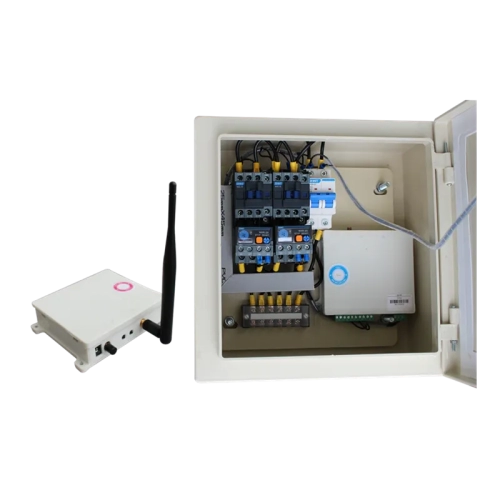

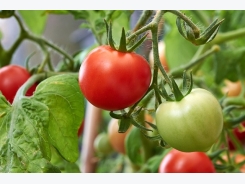
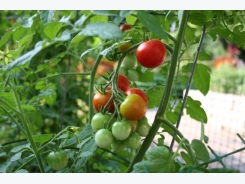
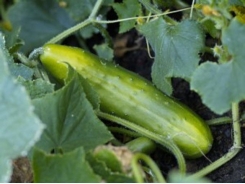



 Planting Tomato Plants General Guidelines
Planting Tomato Plants General Guidelines  Tips for Planting and Growing…
Tips for Planting and Growing…